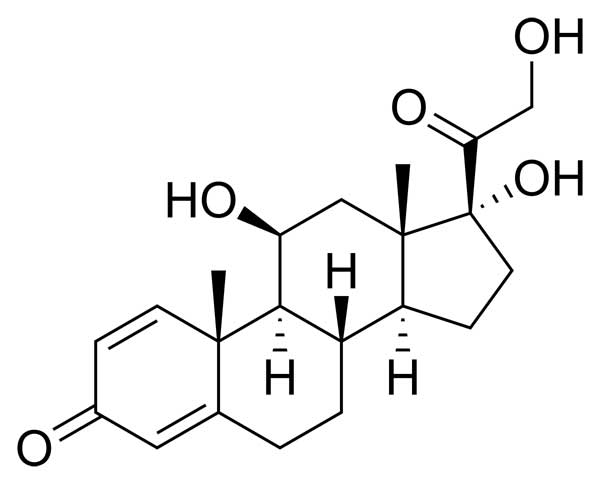Prednisone is a commonly prescribed corticosteroid medication used to treat a variety of inflammatory and autoimmune conditions. This in-depth guide will explain what prednisone is, how it works, its uses, side effects, and key considerations for safe administration.

What is Prednisone and How Does It Work?
Prednisone is a synthetic glucocorticoid medication that mimics the effects of corticosteroids produced naturally in the body. To understand prednisone, it’s important to first understand what corticosteroids are and how they function.
Corticosteroids are produced in the adrenal glands located above the kidneys. Specifically, they are released from the adrenal cortex, or outer region, of the adrenal glands. There are two main types of corticosteroids:
Glucocorticoids Mineralocorticoids
Glucocorticoids and Their Anti-Inflammatory Effects
As their name suggests, glucocorticoids play a key role in glucose metabolism. They stimulate gluconeogenesis, which is the production of glucose in the liver, potentially leading to elevated blood sugar.
However, glucocorticoids are perhaps best known for their influential effects on inflammation and immunity. Whenever there is injury or infection in the body, inflammatory mediators like prostaglandins and leukotrienes trigger an inflammatory response. This brings immune cells and antibodies to the affected area to initiate healing.
Glucocorticoids counteract this process by blocking these inflammatory mediators, thereby reducing inflammation and dampening the immune response. In other words, glucocorticoids have anti-inflammatory and immunosuppressant properties.
Mineralocorticoids and Fluid Balance
Mineralocorticoids largely influence water and electrolyte balance in the body. Aldosterone is the main mineralocorticoid hormone. It promotes sodium and water reabsorption back into the bloodstream, increasing blood volume and pressure. Aldosterone also facilitates potassium excretion, lowering potassium levels.
In summary:
- Glucocorticoids reduce inflammation and suppress immunity
- Mineralocorticoids regulate fluid and electrolyte balance
Mechanism of Action of Prednisone
Now that the functions of natural corticosteroids are understood, where does prednisone fit in? Prednisone is a synthetic corticosteroid medication that has both glucocorticoid and mineralocorticoid effects.
However, prednisone is much more potent as a glucocorticoid than mineralocorticoid. This means it is highly effective at lowering inflammation but only mildly influences fluid retention and potassium excretion. Still, prednisone’s mineralocorticoid activity should be considered, especially in patients predisposed to edema or electrolyte disturbances.
Medical Uses of Prednisone
Given its anti-inflammatory and immunosuppressive properties, prednisone has widespread medical applications including:
- Alleviating inflammation from respiratory diseases like COPD or asthma
- Soothing inflammatory skin conditions such as psoriasis or eczema
- Suppressing overactive immune activity in autoimmune disorders like rheumatoid arthritis, multiple sclerosis, or inflammatory bowel diseases
Once absorbed into the bloodstream, prednisone can reduce inflammation throughout the body which gives it such broad therapeutic value. However, suppressing immunity does come with an important trade-off.
Side Effects and Safety Considerations
The glucocorticoid and mineralocorticoid effects of prednisone can also give rise to adverse reactions, especially with higher doses or prolonged use:
- Fluid retention – Leading to edema and increased blood pressure
- High blood sugar – Requiring extra insulin for diabetics
- Low potassium levels
- Greater infection risk – From immunosuppression
- Poor wound healing – Due to reduced inflammation
- Bone loss and fractures
- Cushing’s syndrome – Weight gain, stretch marks, etc.
To mitigate complications, healthcare providers should monitor patients on prednisone closely. Bloodwork, wound checks, and tapering steroid doses slowly instead of stopping abruptly can help reduce problems.
In the end, steroids like prednisone must be prescribed judiciously after considering if the expected benefits sufficiently outweigh the potential side effects for that individual patient.
